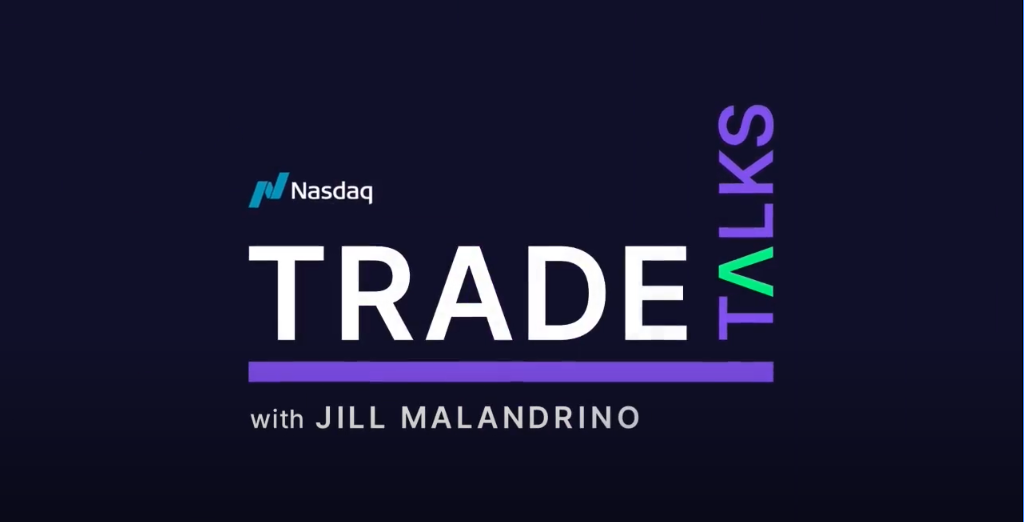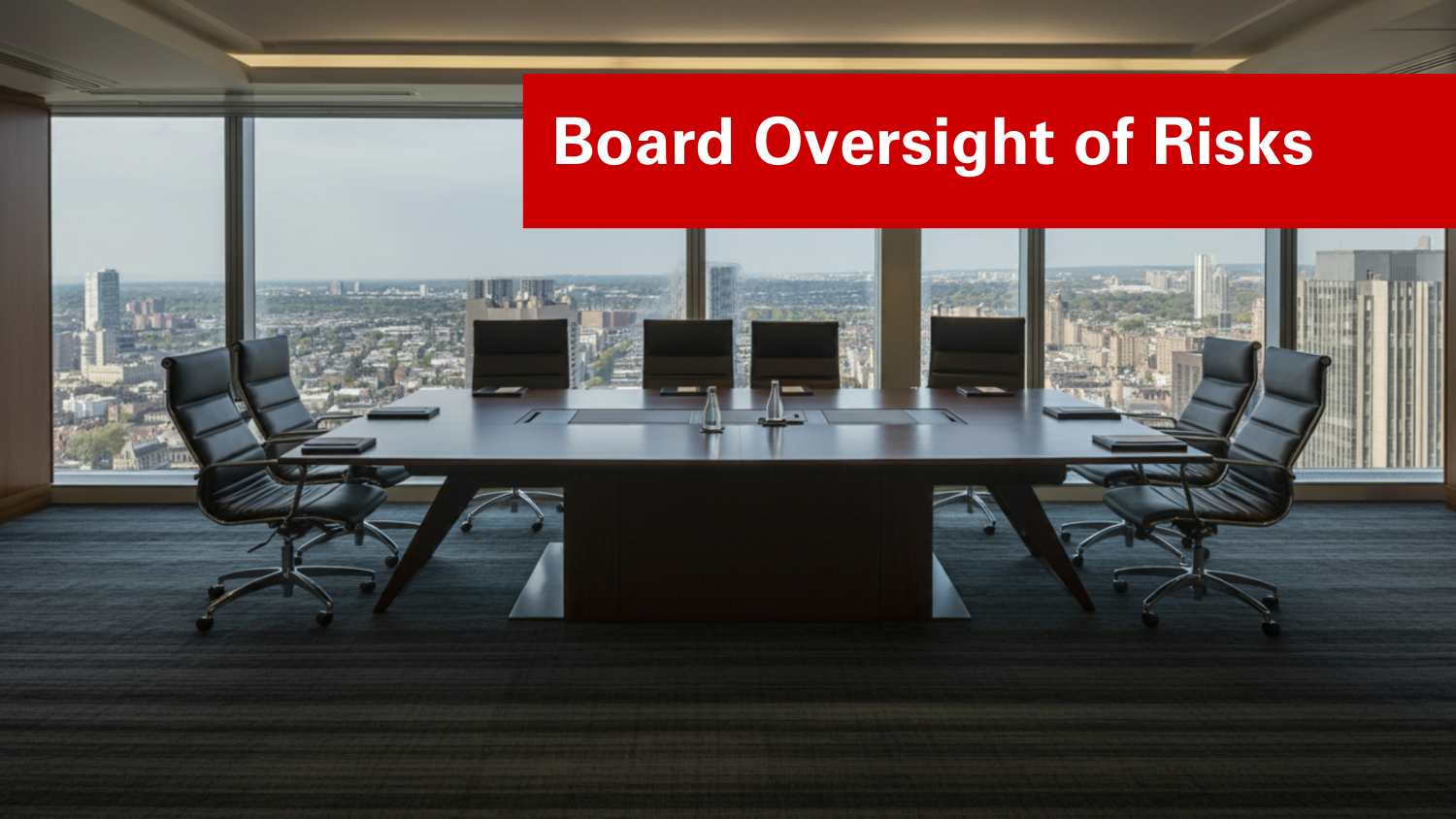A Strengthened Risk Culture for a Stronger Future
Both managing risk and identifying rewarding opportunities begins with communication at the director and management level. In order to maximize the benefits of the dialogue at the corporate director level, the board should be comprised of diverse and knowledgeable directors who are not afraid to be candid and transparent about their perceptions of the emerging environment. This type of attitude towards risk management will enhance the conversation and help to identify the upcoming and unknown threats to an organization. Jay R. Taylor, author of “Staying Ahead of Emerging Risk to Capture Opportunity”, interviews well-known and experienced directors about their perspectives and ideas for managing emerging risks and opportunities and making their role a more integral part of the risk discussion.
Identify and Communicate Risks
The basic premise of enterprise risk management (ERM) requires the company to identify risks that arise in protecting and enhancing core drivers of enterprise value and new strategic initiatives undertaken to additional value. To maximize the potential benefits of ERM, companies need to first ensure they are focusing on the right risks, particularly the risks that are not obvious to the organization. In order to focus on the right risks, directors should share their insights and ideas with management on the risks that they feel have not been identified and assessed by the organization.
Obtaining a comprehensive view of the risks to the company and understanding the plan to manage these risks will allow a company to strengthen its governance. In order to obtain a comprehensive understanding, management should create a complete inventory of top risks to share with the board to ensure they have an understanding of each risk. The combined knowledge and perspective of the board will allow management to identify new opportunities and risks and to achieve a proper balance between risk-taking and potential rewards.
Build a Successful Board
In order to provide management with meaningful insights, the board must be diverse. Diversity, in this sense, means to have individuals from different backgrounds with a variety of skills and ideas. While it is challenging for the audit or risk committee to identify and recruit these individuals, the benefits of new perspectives will be significant. This new perspectives on significant risks will allow the board to contribute to the organization’s success.
To keep the conversation fresh, a rotation of committee chairs can help to bring about new ways to manage risk or identify new risks and opportunities. These various committees should also include a committee specifically focused on risk. This will ensure that the appropriate amount of time is spent discussing risk, especially during times of growth for an organization. The risk committee should also communicate frequently with the audit committee to ensure full coverage of risks and opportunities.
In addition to a diverse board, directors should be candid in expressing their opinions and ideas on risk management to uncover areas where management may have a blind spot. Directors’ candid comments and curiosity will allow for questions that are often avoided. For example, directors should challenge assumptions made by management in how a business plan is carried out. This debate will encourage difficult conversations and find ways to mitigate risks to the plans ultimate success. Engaging all members of management and directors through deep discussions will support a strong culture and governance.
Cultivate a Risk Culture
A strong strategic risk culture can dramatically improve an organization’s behaviors related to risk. Management and the board can encourage open discussion and foster trust in the organization to drive certain behaviors. To begin changing the culture of organization, the board and management need to exercise best practices in governance. The board should question management about both the upsides and downsides to particular areas of the business. A busy schedule should not interfere with the important conversations that need to take place to manage risk. Additionally, the way conversations take place should be analyzed. For example, if an individual’s opinion or bad news is stifled, this could indicate weak transparency and openness. Fostering meaningful conversation is key to shaping the right risk culture.
Manage Risks and Opportunities
Often, organizations become overwhelmed with immediate business issues such as the evolving economic and regulatory environment, which leaves little room for discussion of the long-term risk issues. Management and directors need to balance time spent on long-term and short-term issues. However, to find this balance, and avoid information overload, it is important that the board discuss the level of risk reporting that it is comfortable with. Additionally, information needs to be put into manageable sizes and in plain English so that it is transparent and easily understood. As a response, directors should prepare questions to expose flaws or assumptions beneath the surface. It may be also necessary to attract additional board members with a comprehensive understand of business, technology and risk management to add to the conversation.
In making long-term plans, directors need to be ahead of the curve in identifying issues with these plans. As an example, directors can ask management what competitors are currently doing in the industry. Additionally, directors and management should ask risk owners and business unit leaders what risks they face on a daily basis. This conversation will allow the organization to identify what opportunities and risks may lay ahead.
Ultimately, an organization needs to seek understanding of all of the problems and possibilities that can impede or drive the achievement of its objectives. Staying ahead of the emerging risks can start with recruiting and developing a board of diverse and knowledgeable individuals. These directors can open doors for communication and foster a risk culture that is candid, transparent, and productive. Strengthened governance can then lead the organization into discovering the avoided risks or unknown issues in order to mitigate or manage them as necessary. The ability to manage risks effectively will make a company more agile and provide more room to take on additional risks to achieve a desired level of growth and reward.
Original Article Source: “Staying ahead of emerging risk to capture opportunity,” Jay R. Taylor, NACD Directorship, January 29, 2016


